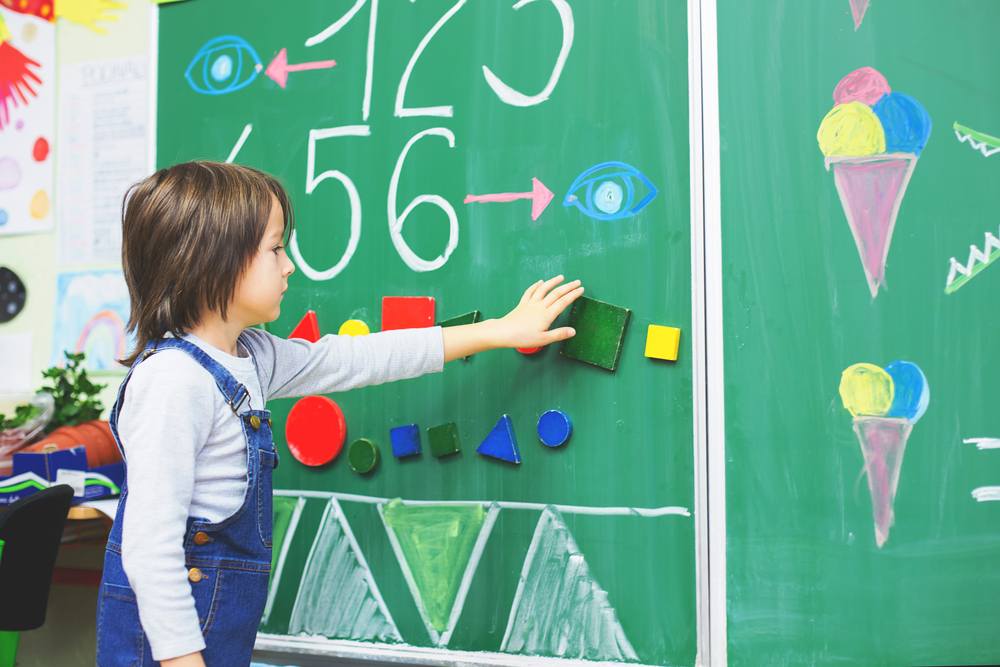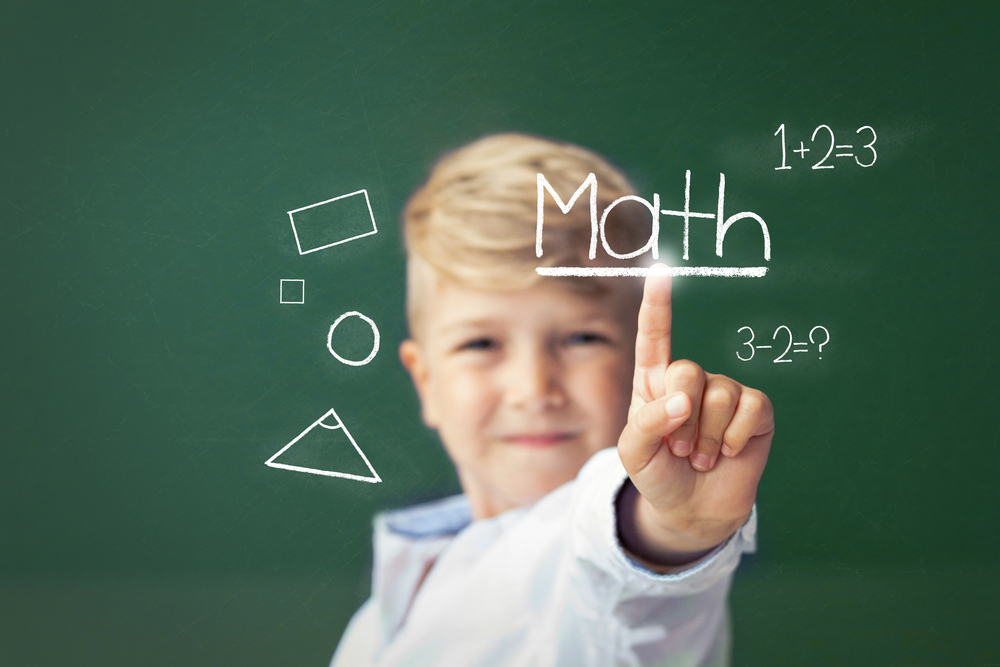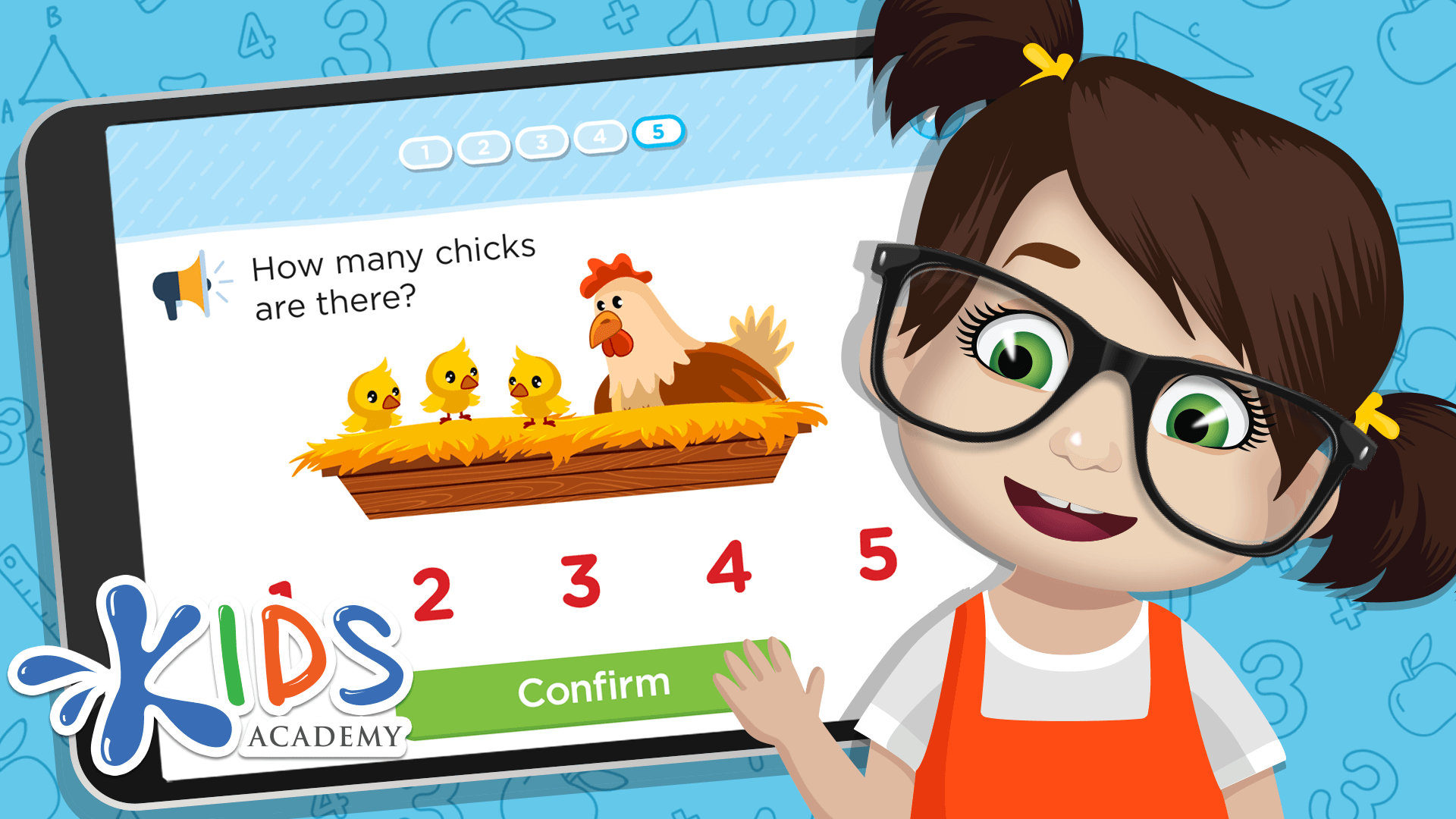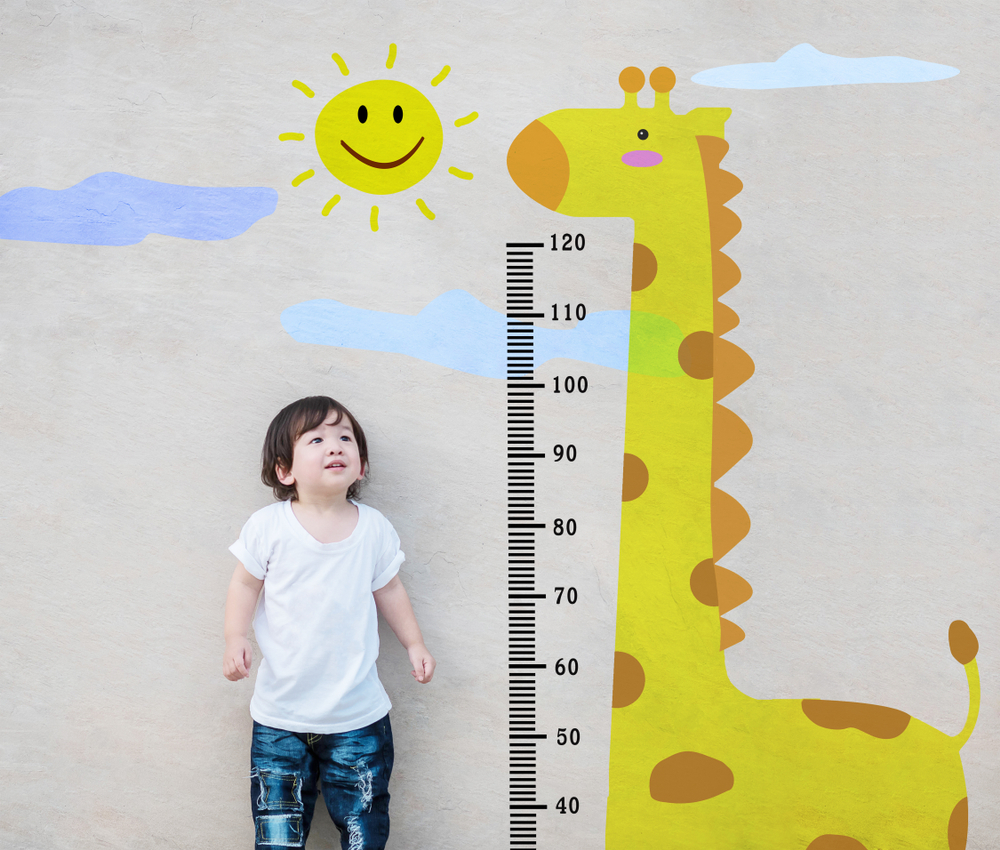Problem-Solving Skills Normal Measurement Worksheets for Ages 6-9
5 filtered results
-
From - To
Enhance your child's problem-solving skills with our engaging Normal Measurement Worksheets, designed specifically for children aged 6 to 9! These worksheets offer a fun and interactive way for young learners to grasp essential measurement concepts while honing their critical thinking abilities. With a variety of activities that include real-world scenarios, children will tackle problems related to length, weight, and volume. Each worksheet encourages exploration and reasoning, making learning enjoyable and effective. Perfect for classroom or home learning, our resources will help your child build confidence and mastery in measurement while developing the problem-solving skills necessary for future academic success.
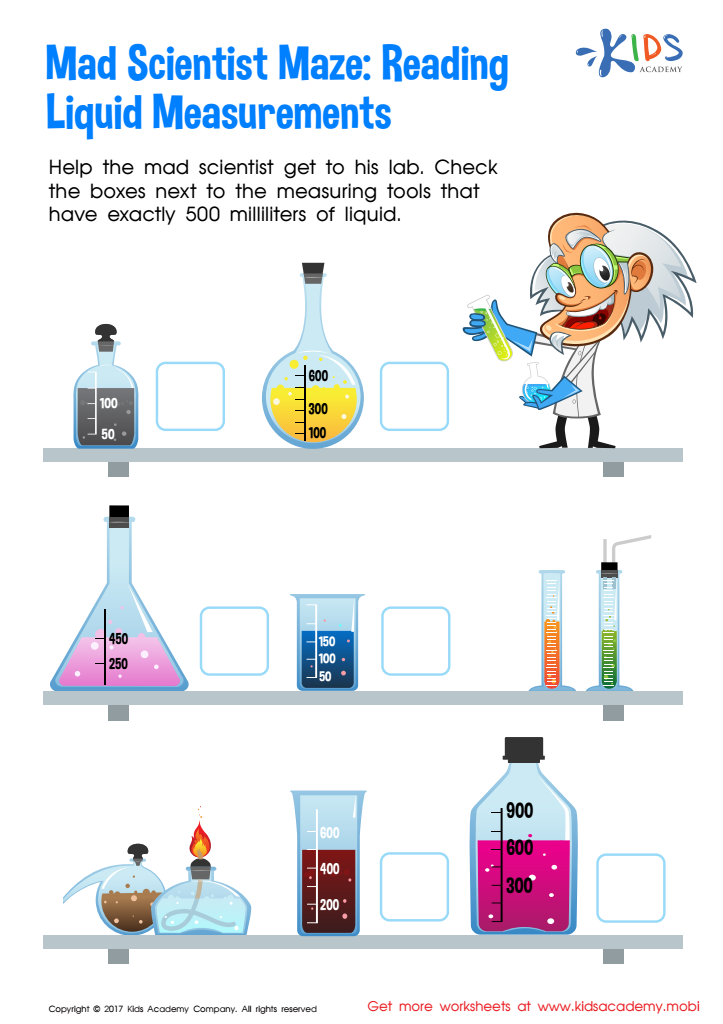

Reading Liquid Measurement Worksheet
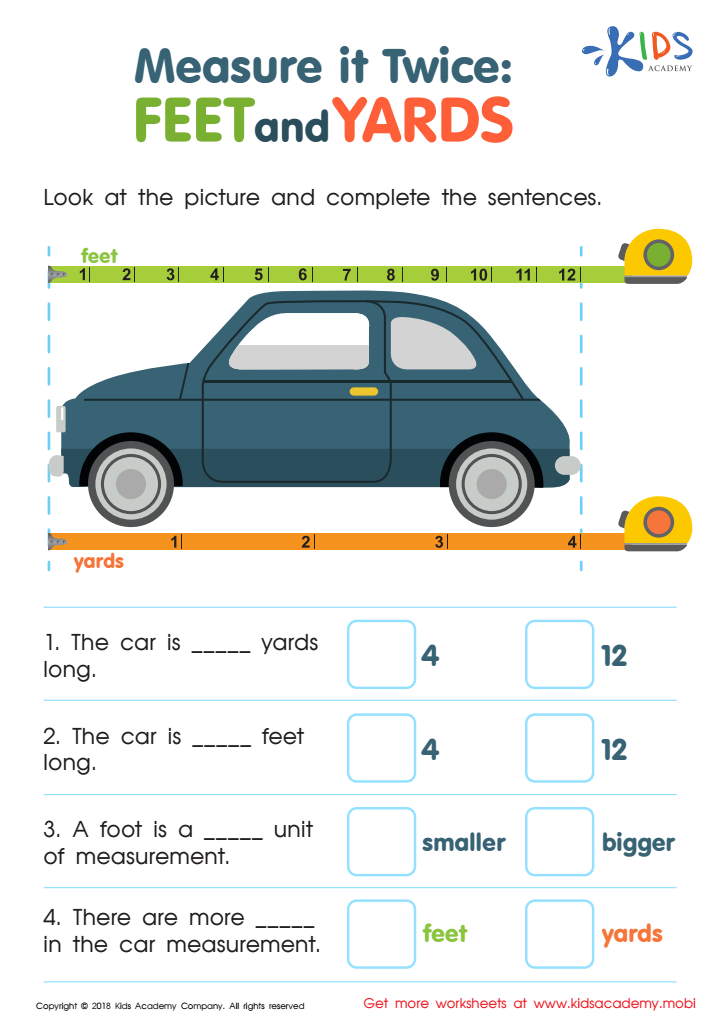

Measure It Twice: Feet and Yards Worksheet
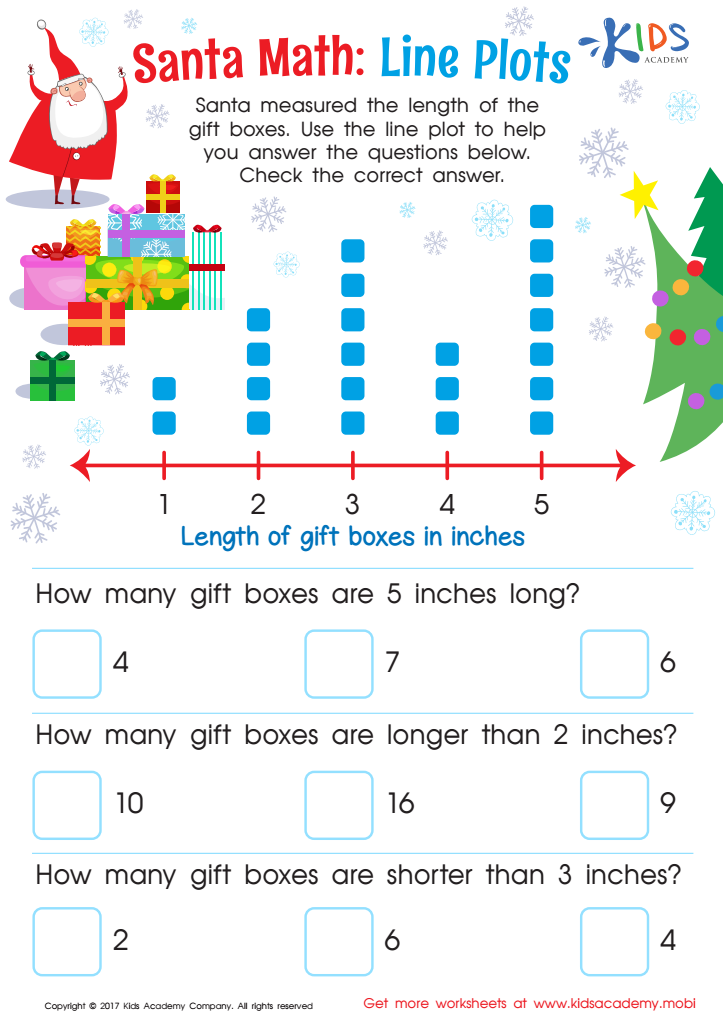

Line Plot Worksheet
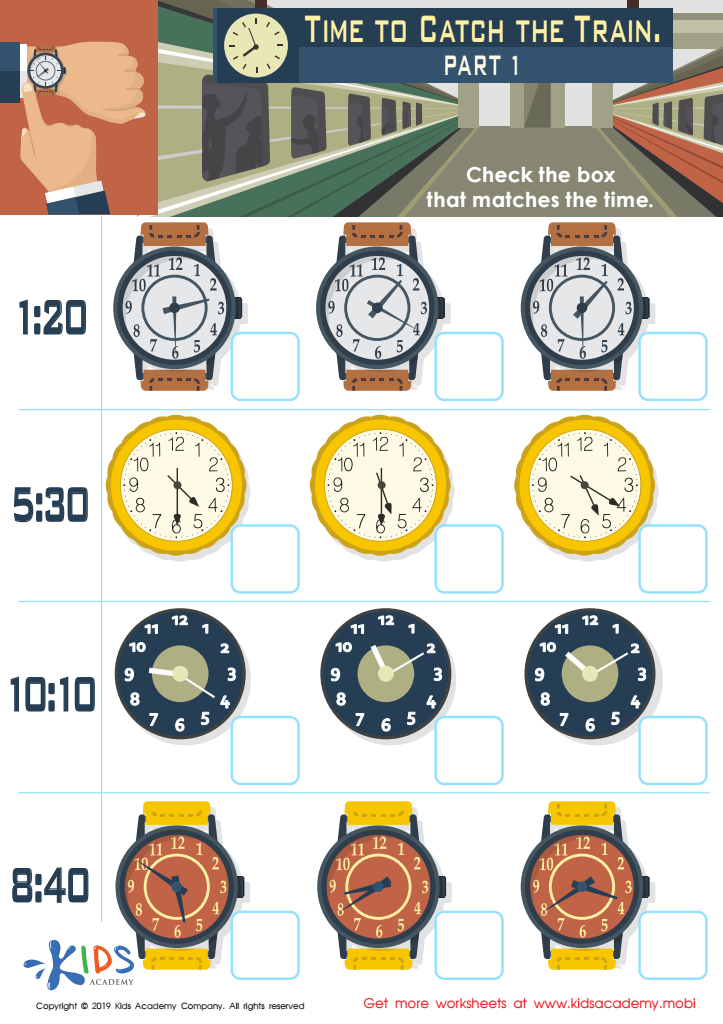

Time to Catch the Train Part 1 Worksheet
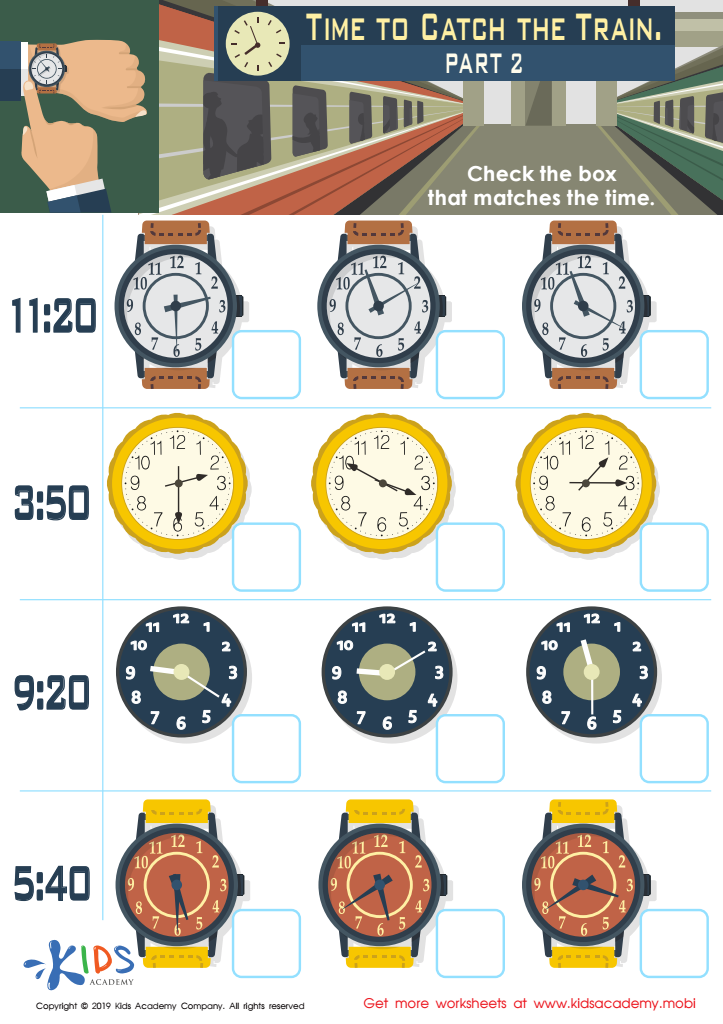

Time to Catch the Train Part 2 Worksheet
Problem-solving skills are essential for children aged 6-9 as they form the foundation for lifelong cognitive development and critical thinking. This stage is crucial because children are transitioning from concrete operational thinking to more abstract reasoning. Enhancing their problem-solving abilities encourages independence and promotes resilience, allowing them to tackle challenges confidently.
Parents and teachers should prioritize assessing and nurturing these skills, as it helps identify where a child may struggle academically or socially. Engaging in problem-solving tasks fosters creativity, encourages a growth mindset, and improves collaboration. Children learn to approach issues systematically, analyze situations, and arrive at effective solutions. This is not only beneficial in academic settings but also equips them for real-life situations they will face outside the classroom.
Moreover, such skills contribute to emotional intelligence; when kids learn to solve problems, they also practice empathy and understanding, as they may need to work with others to find solutions. By monitoring and supporting the development of problem-solving skills, adults ensure that their children are not only academically prepared but also equipped to navigate the complexities of life with confidence and competence. Investing in these skills lays the groundwork for future success in school and beyond.
 Assign to My Students
Assign to My Students


